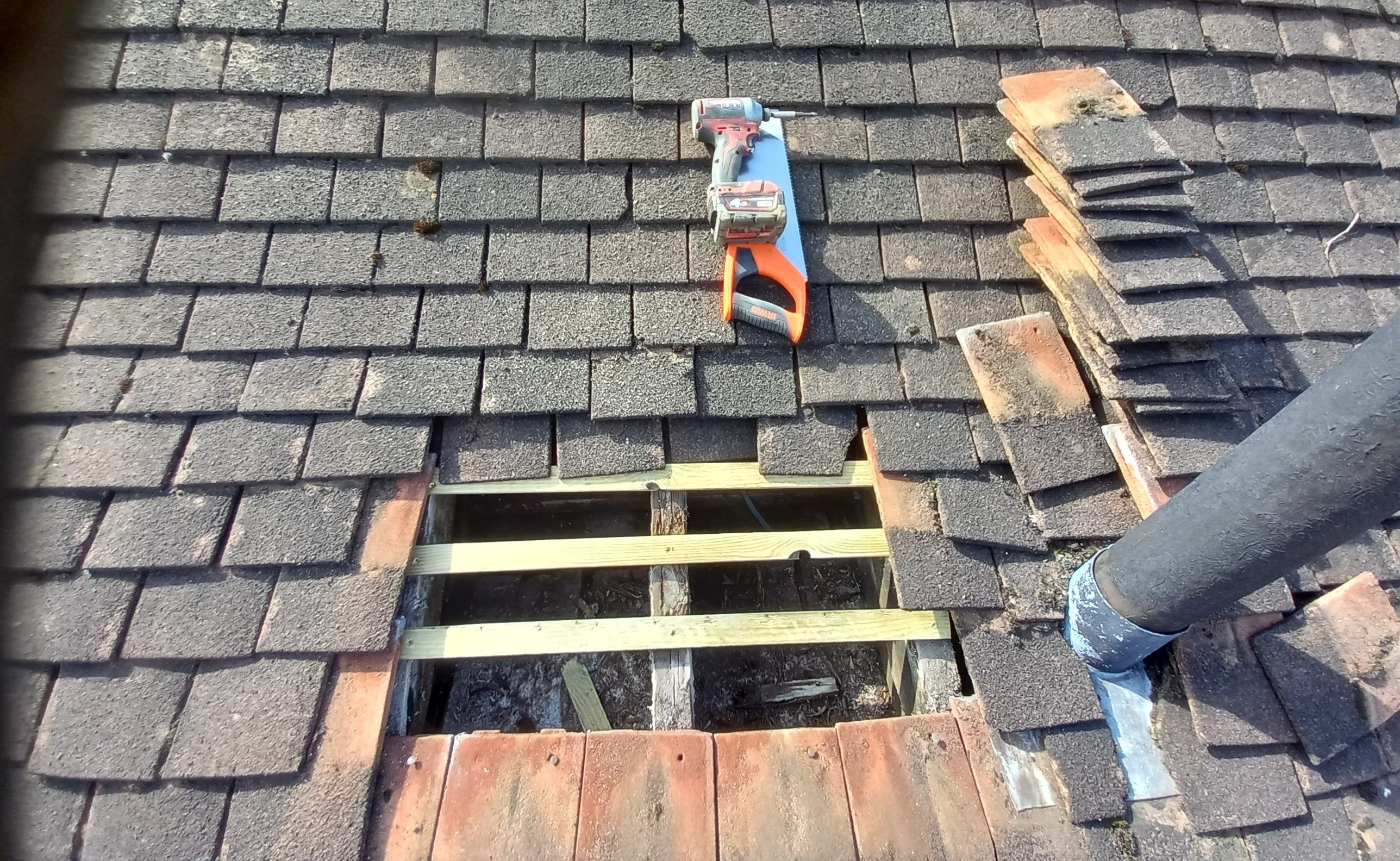Price Factors to Think About for Your Forthcoming Roofing Substitute Job
When embarking on a roofing substitute job, recognizing the numerous expense factors is crucial for effective budgeting. Trick factors to consider consist of the option of roof covering materials, which not only influence initial prices however likewise long-term durability, as well as labor expenditures driven by the proficiency of professionals and neighborhood wage criteria.
Roofing Product Selections

Asphalt roof shingles are amongst one of the most common choices due to their price and ease of installment. They might require substitute quicker than various other products, impacting long-term prices - roof replacement. Steel roof covering, while originally extra costly, boasts exceptional sturdiness and can last decades with minimal maintenance, making it an economical alternative over time

Finally, wood trembles use an all-natural visual yet require routine maintenance to avoid rot and pest damages, possibly boosting future expenditures. Ultimately, selecting the ideal roof covering material is an important choice that affects not only the instant budget plan yet additionally the future financial ramifications of roofing maintenance and replacement.
Labor Costs and Salaries
The competence and skill of roof experts significantly affect the overall expense of a roofing substitute job. Labor expenses normally consist of a considerable part of the total expenditure, differing based on the experience and reputation of the professional. Very proficient laborers regulate higher wages because of their training and proficiency in carrying out complicated roof covering jobs.
Several elements add to labor costs, including regional wage prices, the demand for roof covering services, and the seasonality of the building sector. In city areas or places with a high expense of living, labor rates have a tendency to be elevated - roof replacement. Furthermore, throughout peak periods, when the need for roofing services rises, contractors may increase their rates appropriately
It's necessary to think about not only the per hour wage but also the approximated time needed to finish the task. An even more seasoned staff might work much more effectively, potentially minimizing labor hours and general expenses. When choosing a roofer, it is advisable to get multiple quotes and evaluate their knowledge, ensuring that you obtain top quality craftsmanship without jeopardizing your spending plan. Buying knowledgeable labor can cause a more resilient and reliable roof covering, eventually saving prices on future repair services.
Roofing System Style Complexity
Roof covering design intricacy plays an important duty in establishing the general price of a roofing substitute task. The ins and out of a roofing system's layout straight affects labor demands, material options, and project duration. Extra intricate roofing system layouts, such as multi-gabled or vaulted frameworks, commonly necessitate extra labor hours and specialized abilities, enhancing overall expenses.
Moreover, the kind and amount of materials required can differ considerably based on the roof covering's geometry. For instance, roofings with high inclines or unique architectural attributes might call for custom-cut materials, which can be much more pricey than conventional alternatives. Furthermore, the capacity for boosted waste during setup should be thought about, as complex styles might bring about greater material prices.
In addition, complicated roofs can present safety obstacles for professionals, demanding enhanced precaution and equipment, which might better inflate labor costs. These factors emphasize the relevance of carefully evaluating your roofing's design complexity when budgeting for a replacement.
Eventually, homeowners should work together carefully with their roofer to completely understand how design complexity will impact their project's financial range, ensuring notified choices that straighten with go to these guys both aesthetic preferences and budgetary restraints.
Authorizations and Rules
Browsing permits and guidelines is an essential element of any type of roofing replacement task that can dramatically Recommended Site affect general expenses and timelines. Before commencing work, homeowners need to make sure compliance with local building ordinance, which might vary by town. These codes frequently determine structural needs, roof covering materials, and also visual considerations, specifically in historic areas.
Acquiring the essential authorizations is not just a legal responsibility but can additionally protect against costly penalties and task delays. Generally, the application procedure entails sending thorough strategies and specs, along with paying associated fees. Relying on the intricacy of the project, examinations might be called for at different stages, contributing to the timeline and labor expenses.
Furthermore, some regions might have details guidelines concerning power efficiency, which might necessitate the use of specific materials or techniques that might be extra pricey ahead of time yet generate long-term cost savings. Involving with a qualified service provider that is familiar with regional policies can streamline this process and help alleviate threats. Eventually, understanding and dealing with authorization and regulatory needs early in the drawing board can assist in a smoother, a lot more economical roofing system substitute task.
Hidden Prices and Contingencies
Preparing for surprise prices and contingencies is vital for home owners planning a roofing substitute, as these expenditures can promptly intensify the preliminary budget. While the priced estimate price may cover the noticeable elements of the project, unanticipated variables typically occur, demanding additional economic allocation.
One usual hidden expense is the exploration of underlying structural damage throughout the removal of the old roofing. Concerns such as rot, mold and mildew, or deteriorated sheathing can see page require instant focus, resulting in boosted labor and product costs. Furthermore, if your home has numerous layers of roof, the expense of elimination can be dramatically higher than anticipated.
Another factor to take into consideration is the cost of materials. Prices can fluctuate based on market conditions, and unexpected shortages might require last-minute substitutions, potentially affecting the spending plan. Moreover, if climate condition delay the task, added labor expenses may accrue.
To reduce these threats, it is sensible to allot a contingency fund-- usually 10-20% of the total task cost. This fund can give a monetary barrier against unforeseen expenses, making sure that your roof replacement task continues smoothly and within budget. Proper planning and foresight will certainly aid property owners browse these complexities efficiently.
Conclusion
Finally, an extensive understanding of expense aspects is vital for an effective roofing system substitute project. The option of roof materials, labor prices, and the complexity of the roof covering design dramatically influence the general budget. Furthermore, conformity with permits and guidelines, along with the identification of concealed prices and the establishment of a backup fund, ensures readiness for unforeseen costs. By resolving these components, property owners can achieve an effective and monetarily convenient roof job.